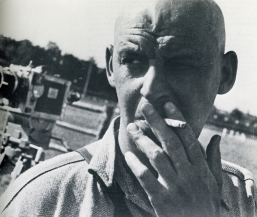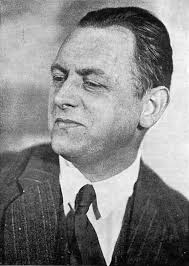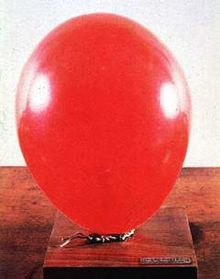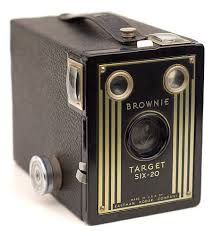Cubism: A lot of different viewpoints and 3D forms.
Georges Brague. He used a lot of earthy colours and geometric shapes.

Pablo Picasso. He said: “The world today doesn’t make sense, so why should I paint pictures that do?”
Futurism: Speed, technology and industrialization. It was very modern for that time. They used geometric shapes, sculptures, paintings etc. It was all about movement and speed.
Art + Action + Life = Futurism
Cubism and futurism both lead to dada.
Dada
Dada was named by artists in Zurich in 1916. That same year, Hugo Ball wrote the manifesto.
It was considered mockery of the industrial. Dada was the reactions of the horror of WW1 which damaged the order of the world.
Its philosophy is still adopted today.
Dada sounds the same in every language. Dada is a sound, it has no meaning. It is anti-art, anti-establishment and anti-war. Dada is an art movement but it is anti-art.
“Dada is nothing”.
Dada is a mix of different mediums. There is no definite way to define dada art.
Paintings, drawing, collage, sound, ready-mades, sculpture, visual art, literature, theatre, photomontage and assemblage were all forms of expression in the dada art movement.
Collage: (from the word coller, ‘to glue’ in French). Collected things and made them into a collage. It was very different at that time from what was called art.
Photomontage: A collage but made from photos, mainly taken from press. For the first time images are everywhere and they were seen as disposable.
Hannah Hoch. Cut with the dada kitchen knife 1919.

The image has people, text, machines/wheels (symbols of industrialisation) taken from newspapers, tabloids and magazines. The image is very busy, it does not have a lot of negative spaces. It has very earthy and nude colours and has the word ‘dada’ written. The image criticizes society.
Assemblage: A sculpture made up of everyday things.
Paul Hausmann. Mechanical Head 1919.

There are random objects that have nothing to do with each other.
Ready-made: Everyday things that are already made which are normally bought.
There is also assisted ready-made. It is an object that is already made but the artist added something else to it.
Marcel Duchamp. The Fountain 1917.

He didn’t make it, he just bought it. He claimed it to be art by taking a photo and writing a name on it and placing it in a gallery. The name written is not his actual name.
Typography: Words and texts of random fonts, letters and symbols. They used the word ‘dada’ many times. A lot of things do not make any sense.
Chance: They embraced accident and improvisation. They let go of conscious control.
Hans Arp. Untitled (Collage with squares arranged according to the laws of chance). He randomly dropped squared on a piece of paper.

Sound poem: A poem made up of random sounds. Example FMSBW by Raul Hausmann.
Dada poetry: A poetry made up from random words. If ones reads it, it does not make any sense.
During today’s lesson, we made our own dada poetry. This is mine:

How it is done:

Hugo Ball invented dada performance (sound poem).
Marcel Duchamp. ‘In Advance of a broken arm’- readymade. He bought a shovel and put it in a museum and claimed that it was art.































